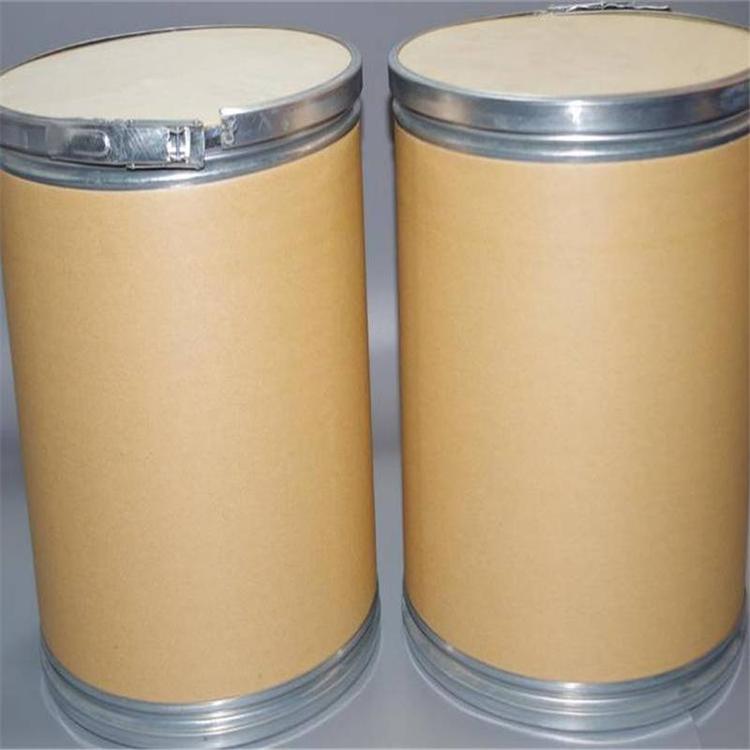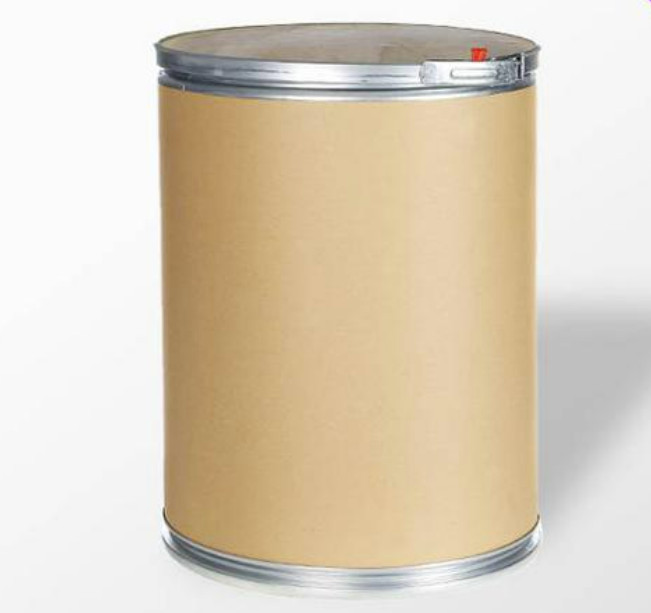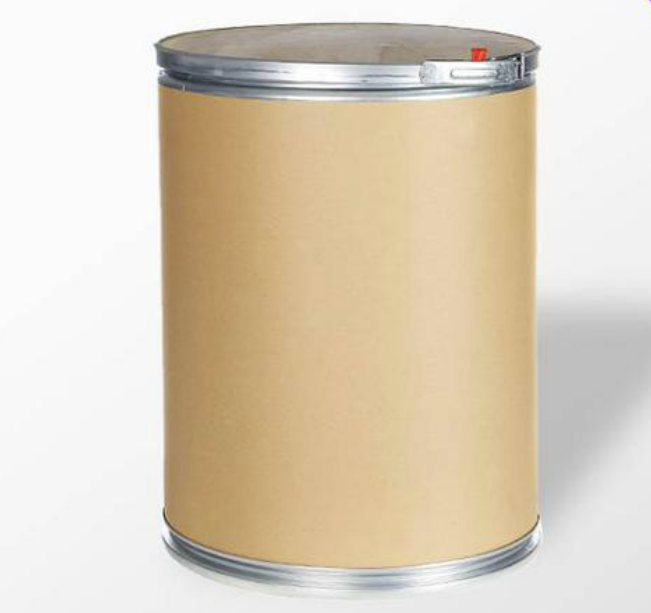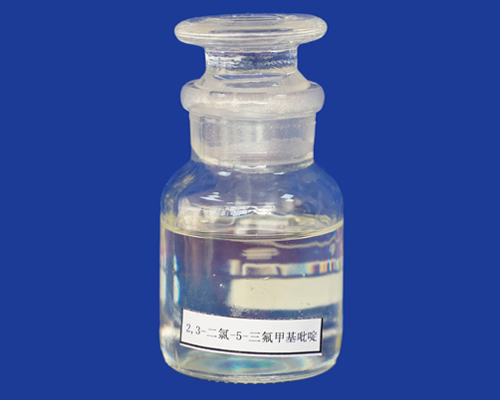CAS:644-36-0
Molecular Formula:C9H10O2
Alias
More Information
O-Tolylacetic Acid; O-Methylphenylacetic Acid; 2-Methylphenyl Acetic Acid; 2-Tolylacetic Acid; O-Tolyacetic Acid; 2-Methylbenzeneacetic Acid
Brief Introduction
This product is mainly used as an intermediate in organic synthesis.
Suppliers
View More Vendors (3) >
CAS:66346-01-8
Molecular Formula:C13H17ClO
Alias
More Information
T-Butyl-4-Chlorophenethylketone; 4-Dimethyl-3-Pentanone; Tebuconazole Impurity 1; Hwg1608-Alkylketon; 1-(4-Chlorophenyl)-4,4-Dimethyl-3-Pentanon; 1-(4-Chloro-Phenyl)-4,4-Dimethyl-Pentan-3-One; 1-(4-Chlorophenyl)-4,4-Dimethylpentane-3-One; 4,4-Dimethyl-1-(P-Chlorophenyl)-3-Pentanone; 1-(4-Chlorophenyl)-4,4-Dimethy; 4-Chlorobenzylpinacolone
Brief Introduction
It is an intermediate of Tebuconazole, Uniconazole and other pesticides
Suppliers
View More Vendors (3) >
CAS:68-12-2
Molecular Formula:C3H7NO
Alias
More Information
Ethyl A-Dimethylcarbamoylacetate; Dimethylformamide; N,N-Dimethyl Formamide; N,N-Dimethyl-Formamide; N,N-Dimethylformamid; Dimetylformamide; N,N-Dimethyl-Malonamic Acid Ethyl Ester; Ethyl N,N-Dimethylamidomalonate; Dimethylcarbamoylessigsaeure-Ethylester; Formamide, N,N-Dimethyl-; Dimethyl Formamide; Amide,N,N-Dimethyl-Formicaci; Dimethylamid Kyseliny Mravenci; DMF; N, N Dimethyl Formamide; N,N-Dimethiformade
Brief Introduction
Dimethylformamide is a good organic solvent and widely used. In petrochemical industry, dimethylformamide can be used as gas absorbent to separate and refine gas. As a washing and curing agent in polyurethane industry, it is mainly used in wet synthetic leather production; As a solvent in acrylic fiber industry, it is mainly used in dry spinning production of acrylic fiber; In the electronic industry as tinning parts of quenching and circuit board cleaning, etc; Other industries include carriers of dangerous gases, solvents for drug crystallization, adhesives, etc. In organic reactions, dimethylformamide is not only widely used as a solvent, but also an important intermediate in organic synthesis. It can be used to produce Chlordimeform in pesticide industry; In the pharmaceutical industry, it can be used for the synthesis of iodamine pyrimidine, doxycycline, cortisone, vitamin B6, iodoside, qupinjing, thiadiazine, n-formylsarcoma lysin, antineoplastic acid, methoxyaryl mustard, benazepril, cyclohexylnitrosourea, furafluorouracil, hemostatic acid, betamethasone, megestrol, danvita, chlorphenamine and sulfonamides. Dimethylformamide plays a catalytic role in hydrogenation, dehydrogenation, dehydration and dehydrohalogenation, which reduces the reaction temperature and improves the purity of the product.
Suppliers
View More Vendors (3) >
CAS:68-35-9
Molecular Formula:C10H10N4O2S
Alias
More Information
4-Amino-N-2-Pyrimidinyl; 4-Amino-N-(2-Pyrimidinyl)Benzenesulfonamide, N1-(Pyrimidin-2-Yl)Sulfanilamide; Sulfadiazine Zinc Salt
Brief Introduction
Sulfonamides have antibacterial and sword - collecting effects.
Suppliers
View More Vendors (3) >
CAS:69045-84-7
Molecular Formula:C6H2Cl2F3N
Alias
More Information
2,3-Dichloro-5-Trifluoromethylpyridine; 2,3-Dichloro-5-Trifluoromethyl Pyridine; Unii-5F2C8Lx8Ie; 2,3-Dichloro-5-Trifluoro Methylpyridine; 2,3-Dichloro-5-Trifluoromethyl-Pyridine; Pyridine, 2,3-Dichloro-5-(Trifluoromethyl)-; 2,3-Dichloro-5-(Trifluoromethyl)-Pyridine; DCTF
Brief Introduction
2,3-Dichloro-5-(trifluoromethyl)pyridine is an intermediate of insecticide pyrimidine urea and fluoropyrimidine urea. It can also be used to synthesize herbicide flupyrazine.
Suppliers
View More Vendors (3) >
Inquiry (
10
/ 10
)
Clear All
Sign In
Error!

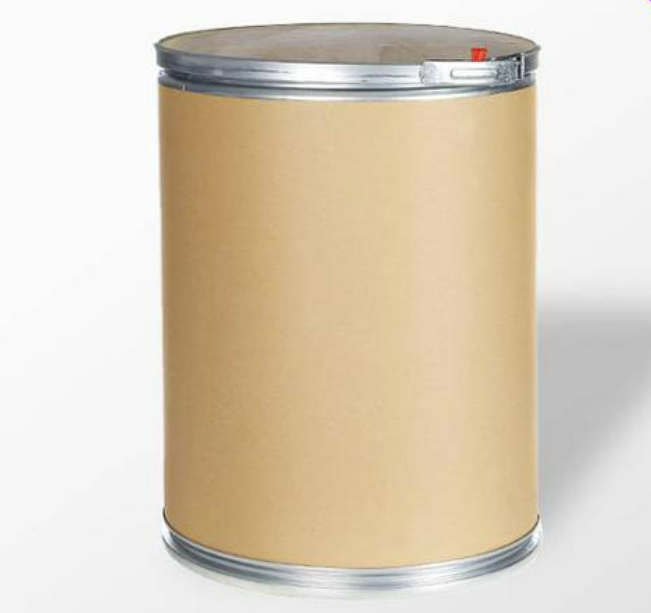
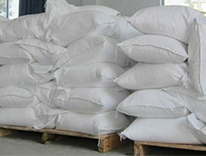
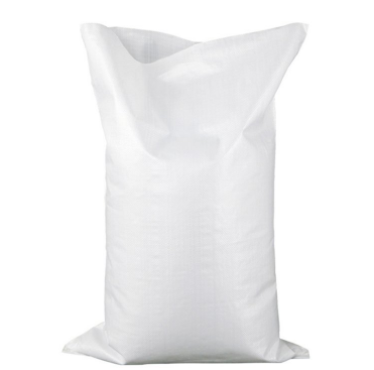
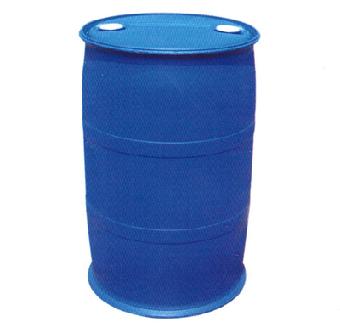
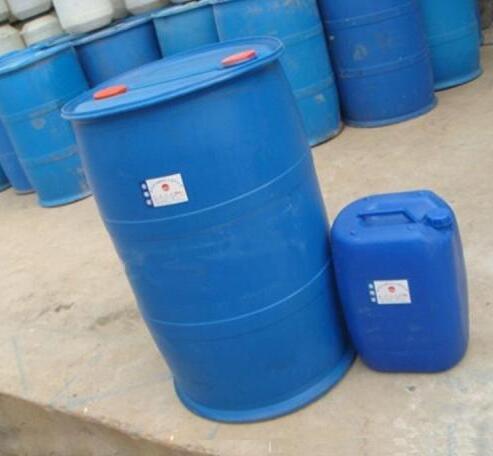
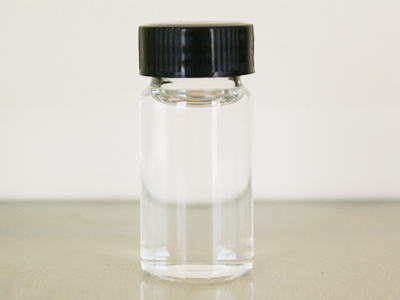
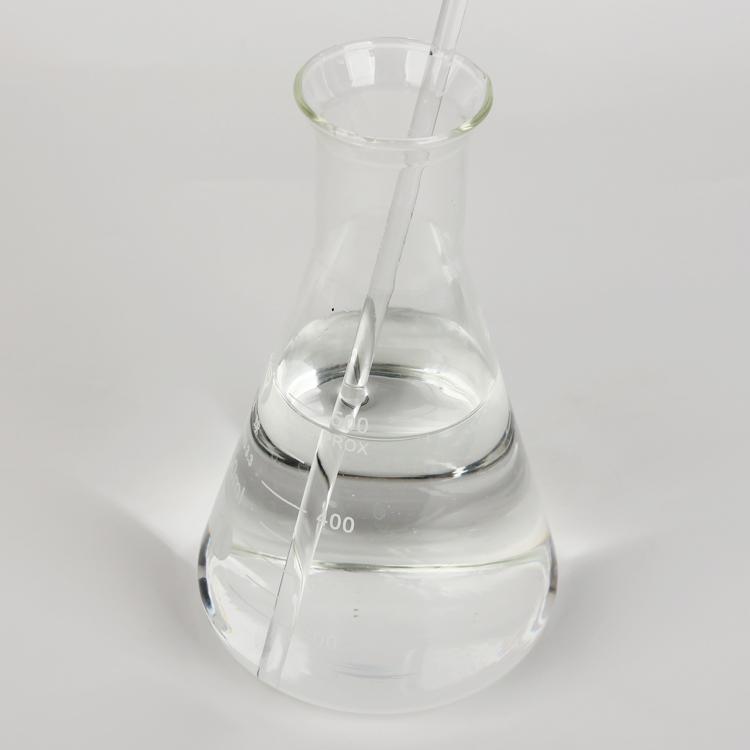
.jpg)
